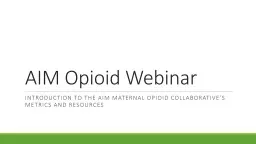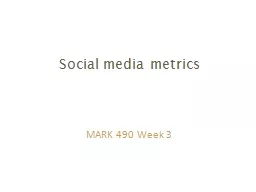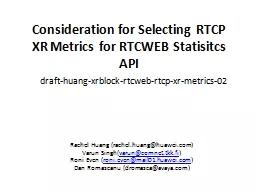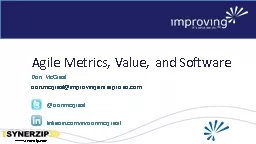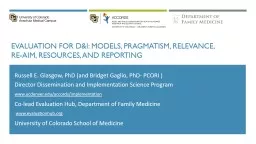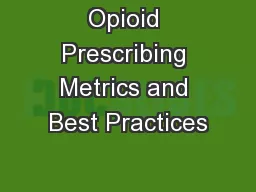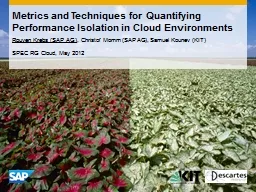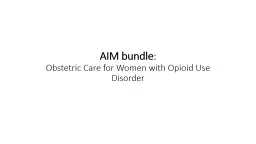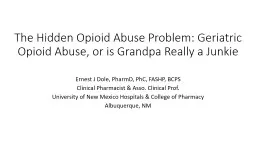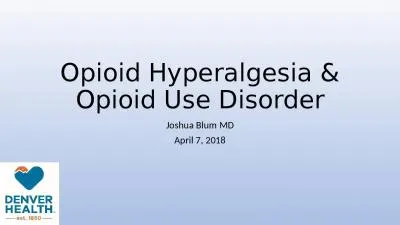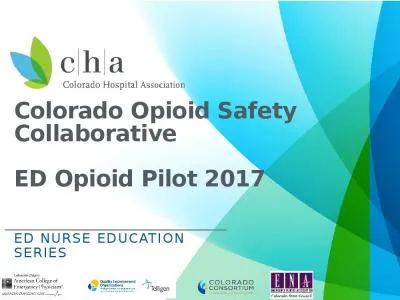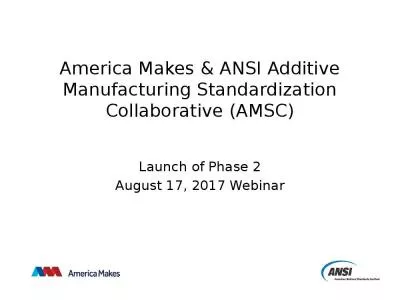PPT-AIM Opioid Webinar Introduction to the Aim maternal opioid collaborative’s metrics and
Author : alexa-scheidler | Published Date : 2018-11-10
Welcome Thank you for joining us for our 1 st AIM Opioid Webinar Housekeeping Session is being recorded Session will be posted under the opioid section of the AIM
Presentation Embed Code
Download Presentation
Download Presentation The PPT/PDF document "AIM Opioid Webinar Introduction to the A..." is the property of its rightful owner. Permission is granted to download and print the materials on this website for personal, non-commercial use only, and to display it on your personal computer provided you do not modify the materials and that you retain all copyright notices contained in the materials. By downloading content from our website, you accept the terms of this agreement.
AIM Opioid Webinar Introduction to the Aim maternal opioid collaborative’s metrics and: Transcript
Download Rules Of Document
"AIM Opioid Webinar Introduction to the Aim maternal opioid collaborative’s metrics and"The content belongs to its owner. You may download and print it for personal use, without modification, and keep all copyright notices. By downloading, you agree to these terms.
Related Documents

